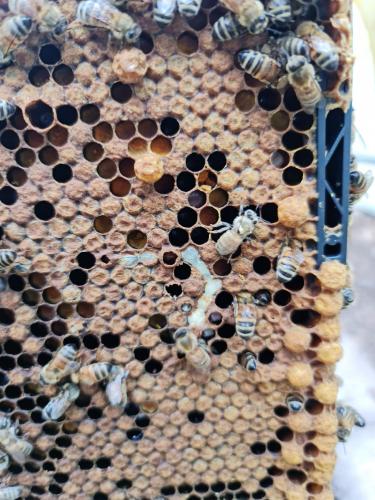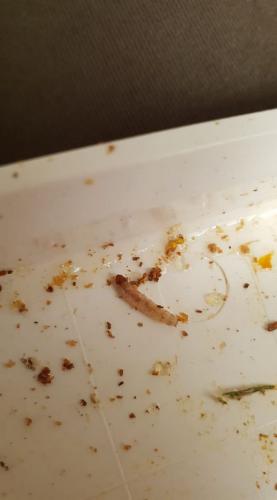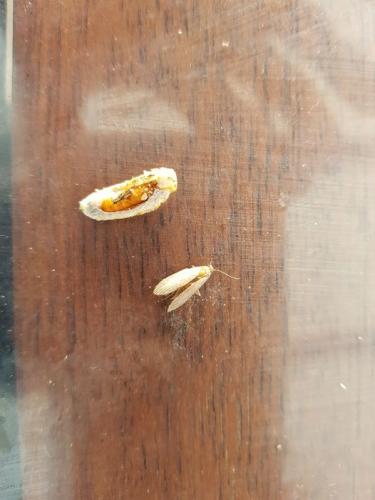

Wax Moth
Wax moths are serious pests who can damage honeycomb, brood comb and can eventually destroy a colony. They can also demolish comb stored over winter. Wax moth infestations spread by moths flying between hives and the movement of infested hives.
NZ has 2 wax moth species:
- greater wax moth
- lesser wax moth
Both like (and are problematic in) warm climates, both cause the same damage to hives and both are controlled in the same way.
Wax moths eat beeswax (particularly unprocessed wax), pollen, the remains of larvae, and other leftovers in the hive.
How to recognise
Wax moths enter hives through unguarded entrances and lay eggs on bee combs or in cracks in hive woodware.
The eggs are small, white and hard to see.
The larvae are white and about 1mm long when they first emerge. They tunnel through honeycomb and brood comb, feeding on wax, honey, pollen and general detritus and are easy to see as they leave tunnels of sticky silk throughout combs, or patterns of bald brood. Once fully grown (up to 30mm long) they move to a wooden part of the hive, gnaw a shallow depression in the wood and pupate in cocoons.
Pupae emerge from cocoons as moths, mate and start the lifecycle again.
Treatment
The most effective method for protecting against wax moths are the bees themselves. Strong, healthy bee colonies defend themselves against wax moth infestations by finding and ejecting the larvae. Weak, stressed or queen-less colonies, or unattended combs are more susceptible to wax moth infestations.
You can help protect your bees against wax moth infestation by ensuring your hive roof fits well with no gaps and cracks, having only 1 entrance into the hive (less opportunity for moths to enter and lay eggs), and through good hive practice and hygiene.
Keep your hives clean
- Keep your hives clean from discarded or unused beeswax and cast bee larval skins.
- Remove unused frames, burr comb, propolis build-up and debris in the bottom of the hive.
Keep your combs cool
- Put honeycombs (and supers) in the freezer for 48 hours to kill all stages of wax moth. Keep sealed in a plastic bag once frozen.
- Store frames in light, cool areas (as wax moths like dark, warm spaces).




